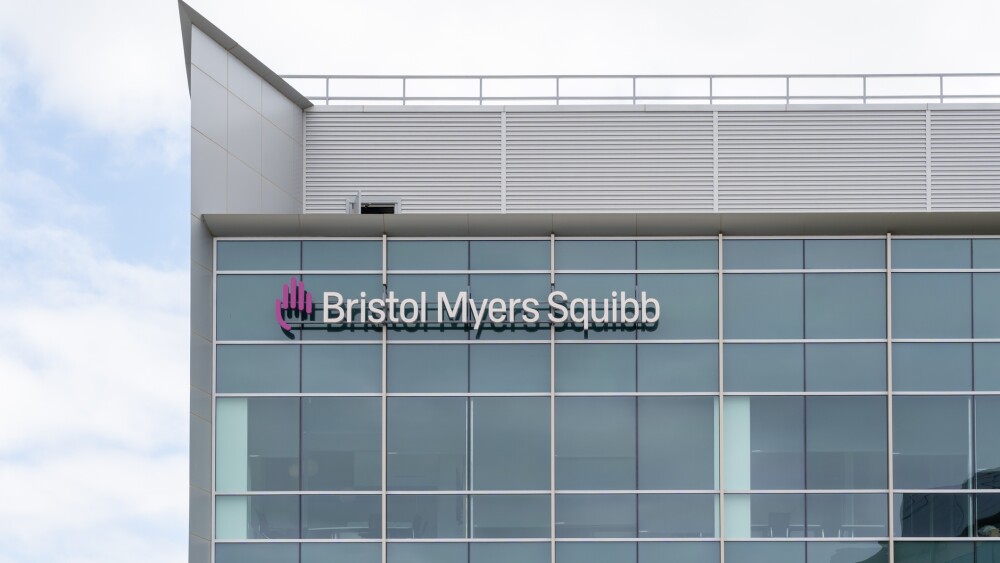This would appear to be a major step in understanding why and how checkpoint inhibitors work—or don’t work—and will potentially lead to another avenue of research and cancer treatment.
Checkpoint inhibitors, such as Merck’s Keytruda (pembrolizumab) and Bristol-Myers Squibb’s Opdivo (nivolumab) have revolutionized cancer treatment and driven the field of immuno-oncology. But they don’t always work, and it’s not known why. Until now.
Researchers at the University of Colorado Cancer Center published research in the journal Cancer Immunology Research that provides some insight.
Tumors have a surface protein called PD-L1. T-cells, a type of immune cell, have a surface protein called PD1. Tumor cells use PD-L1 to essentially trigger PD1 to tell T-cells to leave them alone. Checkpoint inhibitors act by blocking the function of either PD-L1 (Keytruda, for example) or PD1 (Opdivo). In other words, the checkpoint inhibitors prevent the cancer cells from hiding from the immune system.
Researchers at the University of Colorado Cancer Center worked with mouse models of B-cell lymphoma. In their experiments, they added another drug called a histone deacetylase (HDAC) inhibitor, which seemed to sensitize tumors to anti-PD1 therapy.
“I think this combination is definitely worth trying,” stated Jing Wang, investigator at the CU Cancer Center and associate professor in the CU School of Medicine Department of Immunology and Microbiology.
The reasoning here is complicated but relates to another group of proteins called the major histocompatibility complex (MHC). MHC proteins transport little pieces of protein (antigens) from inside a cell and move them to the cell surface so they can be “seen” by T-cells. And when T-cells recognize a dangerous antigen on an MHC protein, they attack the cell—unless the T-cell is deactivated by the PD1/PD-L1 interaction.
However, if a cancer cell doesn’t have MHC proteins, there’s no PD1/PD-L1 interaction because the cancer cell isn’t presenting any antigens for the immune system to see.
“T-cells recognize antigens in the context of MHC,” Wang stated. “Without MHC, you can’t present an antigen. And about 60% of diffuse large B-cell lymphomas downregulate MHC.”
So part of the mechanism is that anti-PD1 immunotherapies don’t appear to work in cancers that downregulate MHC.
Another part of the mechanism is that drugs known as HDAC inhibitors appear to upregulate—or encourage—MHC. The research showed that an experimental HDAC inhibitor developed by OnKure Therapeutics dubbed OKI-179 acted like a switch. With the drug, the researcher’s B-cell lymphoma models were resistant to anti-PD1 therapy. On the other hand, with OK-179, they responded to the therapy and the T-cells killed the cancer cells.
OKI-179 is currently in a Phase I clinical trial at the CU Cancer Center.
This would appear to be a major step in understanding why and how checkpoint inhibitors work—or don’t work—and will potentially lead to another avenue of research and cancer treatment. It will also likely require additional cancer testing to determine if a cancer has MHC proteins, but it will possibly allow for much more targeted immunotherapy approaches.
“We think this immunologic effect is very important,” Wang stated. “This paper emphasizes the immunologic action of HDAC. If your HDAC inhibitor is upregulating PD-L1, you’re not going to make it work alone. But if you also block PD1, HDAC inhibitions looks much more successful.”





